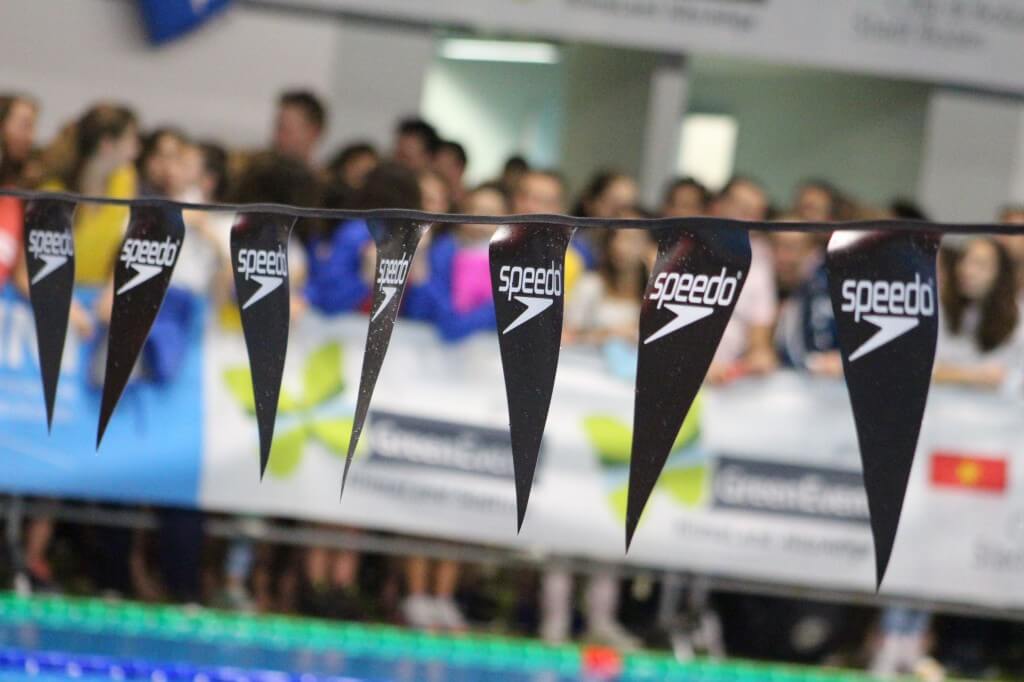From Summer League to Professional: Purpose in Each Level

By Guerby Ruuska, Swimming World Intern.
Unlike in the rest of the world (specifically Europe), the United States put a huge emphasis on swimming at all levels: pro, college, club, high school and even summer league programs. With so many different levels (and lengths) of swimming, you may ask yourself, how much does the training for each level vary?
Arizona State’s assistant coach Rachel Stratton-Mills admits the difference between club and college is based more on physical and mental maturity.
“The major difference between club and college coaching is the physical and mental maturity of the athletes,” Stratton-Mills said. “Training decisions should be made when working with the younger athletes that allow for continued development as they mature. We want swimmers to be successful every step of the way, so setting them up for long-term success is so important for the club athlete.”
Some states view summer league swimming as a joke. In Indiana, most cities don’t have such leagues. It’s either you have a club team, or you don’t, but in the small town of Rensselaer, Indiana, Brett Weilbaker sees their dominant summer league program as the perfect feeder system.
“If you take it seriously, then it’s important. It’s a good way to introduce new kids to swimming that may not know about the summer or club team,” Weilbaker said.
Rensselaer is unique in that they offer summer league, club, middle school and high school swimming…and Weilbaker oversees them all. Weilbaker see major differences between coaching the summer league kids and coaching those at the club level.
“Summer league is much different than high school or club. Club coaching is different because you are a little more in charge,” Weilbaker commented. “It’s not that these kids need something to do, it’s that these kids want to get better. That’s the point of the club. We want to get better and have fun…but we aren’t coming into have fun; we are coming in to get better.”
Weilbaker is right – coming in to have fun and working hard is different than coming into work and having fun in the process. So if summer league is used for simple fun and improvement, then what about club? Stratton-Mills believes it to be a unique creation.
“I think club coaching is unique to itself,” Stratton-Mills pointed out. “Club swimmers often swim a wider range of events over a longer period of time.”
So where do high schoolers fall in with all of this? And how does a coach go from coaching kids who still have a childlike spark and those who have been in the sport for years? Does one group require more technique or more speed?
“High School teams and collegiate teams are similar in that they have to train to be successful during their specific competitive season,” Stratton-Mills continued.
Weilbaker sees high school swimming as a community builder.
“Coaching high school is completely different. You can coach club, summer league, and even middle school without feeling a connection to the community,” Weilbaker admitted. “High school, at least in my eyes, is where you produce good community members.”
As a high school coach, you are expected to run a program and help foster a sense of family, rather than simply making individuals better.
“High school-age athletes need to develop a well-rounded training base that will help with long-term success,” Stratton-Mills said. “This includes a great aerobic base, a high focus on technical development and the ability to utilize an effective kick during their races and turns. As athletes mature their best events can change, so giving them a proper base can open many doors for them long term.”
All commentaries are the opinion of the author and do not necessarily reflect the views of Swimming World Magazine nor its staff.




Fancy that